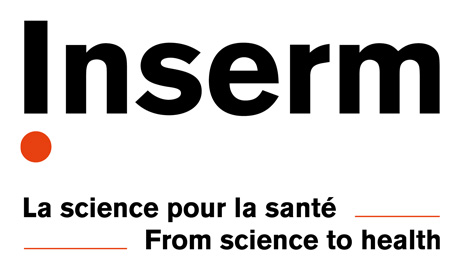





Type of contract CDD
Location Lille, France
Statut Available
Key Words tripartite synapse, Alzheimer's disease, connectivity
Details of the offer
Working Place:
Université de Lille
Mission:
Alzheimer’s disease (AD) is a neurodegenerative proteinopathy characterized by the abnormal accumulation of extracellular amyloid) deposits and intracellular tau-containing neurofibrillary tangles in the brain. Besides the accumulation of proteins as well as synapse and ultimately neuronal loss, other cellular dysfunctions are observed in the AD brain including neuroinflammation, mediated by reactive microglia and astrocytes. In AD, the latter have been particularly described to exhibit an upregulation of the adenosine A2A receptor (A2AR) which leads to impaired neuronal function. This would explain the protective effect of caffeine, pharmacologically being a non-selective antagonist of A2AR.
It is now obvious that targeting only one pathological aspect of AD is not enough to drastically reduce its progression. To develop efficient (and probably combined) multicellular-based therapies, we need to better understand the interactions between the different cell types and identify associated pathways. In the present project, we will focus on the neuron-astrocyte interactions at the synapse in an AD-like context and through the prism of the dysregulation of A2AR by the astrocytes. In a first attempts, this will be achieved by using a cell culture system encompassing a 3-compartment microfluidic device associated with a microelectrode array (MEA). This system allows us to study the synapse function with regards to the single and combined effects of astrocytic upregulation of A2AR receptors and the presence of tau fibers (and possibly). Then, we will address these regulations using a more complex network by using organotypic hippocampal slice cultures prepared on MEAs and undergoing tau pathology development. Lastly, we will use both models to assay some therapeutic strategies developed by our collaborators.
This project should allow to better understand how tau pathology and modulation of the expression of A2AR by the astrocytes detrimentally interact together in AD to affect the synaptic function and brain network connectivity.
References:
Lefebvre C, Vreulx AC, Dumortier C, Bégard S, Gelle C, Siedlecki-Wullich D, Colin M, Kilinc D, Halliez S. Integration of Microfluidic Devices with Microelectrode Arrays to Functionally Assay Amyloid-β-Induced Synaptotoxicity. ACS Biomater Sci Eng. 2024 Mar 11;10(3):1856-1868. doi: 10.1021/acsbiomaterials.3c00997. Epub 2024 Feb 22. PMID: 38385618.
Launay A, Nebie O, Vijaya Shankara J, Lebouvier T, Buée L, Faivre E, Blum D. The role of adenosine A2A receptors in Alzheimer's disease and tauopathies. Neuropharmacology. 2023 Mar 15;226:109379. doi: 10.1016/j.neuropharm.2022.109379. Epub 2022 Dec 23. PMID: 36572177.
Bouillet T, Ciba M, Alves CL, Rodrigues FA, Thielemann C, Colin M, Buée L, Halliez S. Revisiting the involvement of tau in complex neural network remodeling: analysis of the extracellular neuronal activity in organotypic brain slice co-cultures. J Neural Eng. 2022 Dec 6;19(6). doi: 10.1088/1741-2552/aca261. PMID: 36374001.
Qualifications:
Profile and skills required:
- Educational Level: Master in cell biology, neuroscience or engineering
- Serious, motivated and highly committed student
- Knowledge in cell neurobiology
- Experience in primary cell culture
Type of job
Type of contract CDD
Application deadline
Employment start date 01/10/2025
Contact
If you are interested, send CV and motivational letter including contact information for two references at Sophie Halliez.